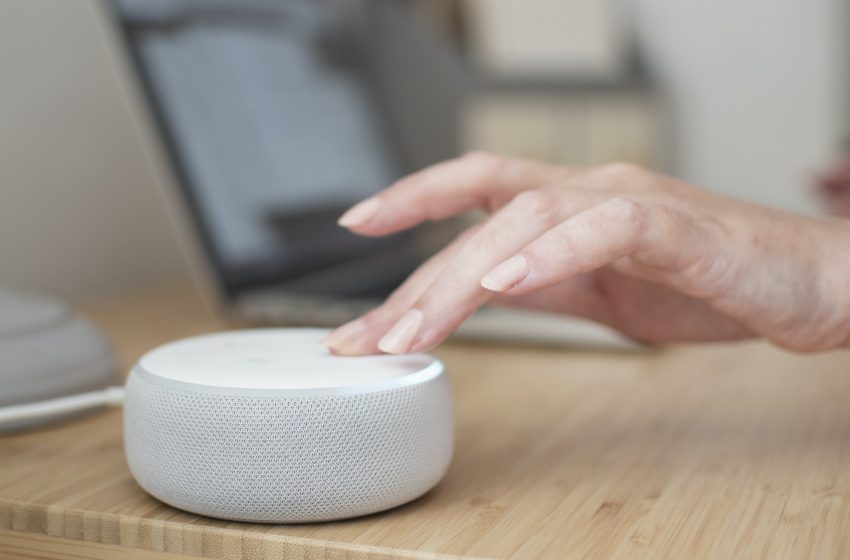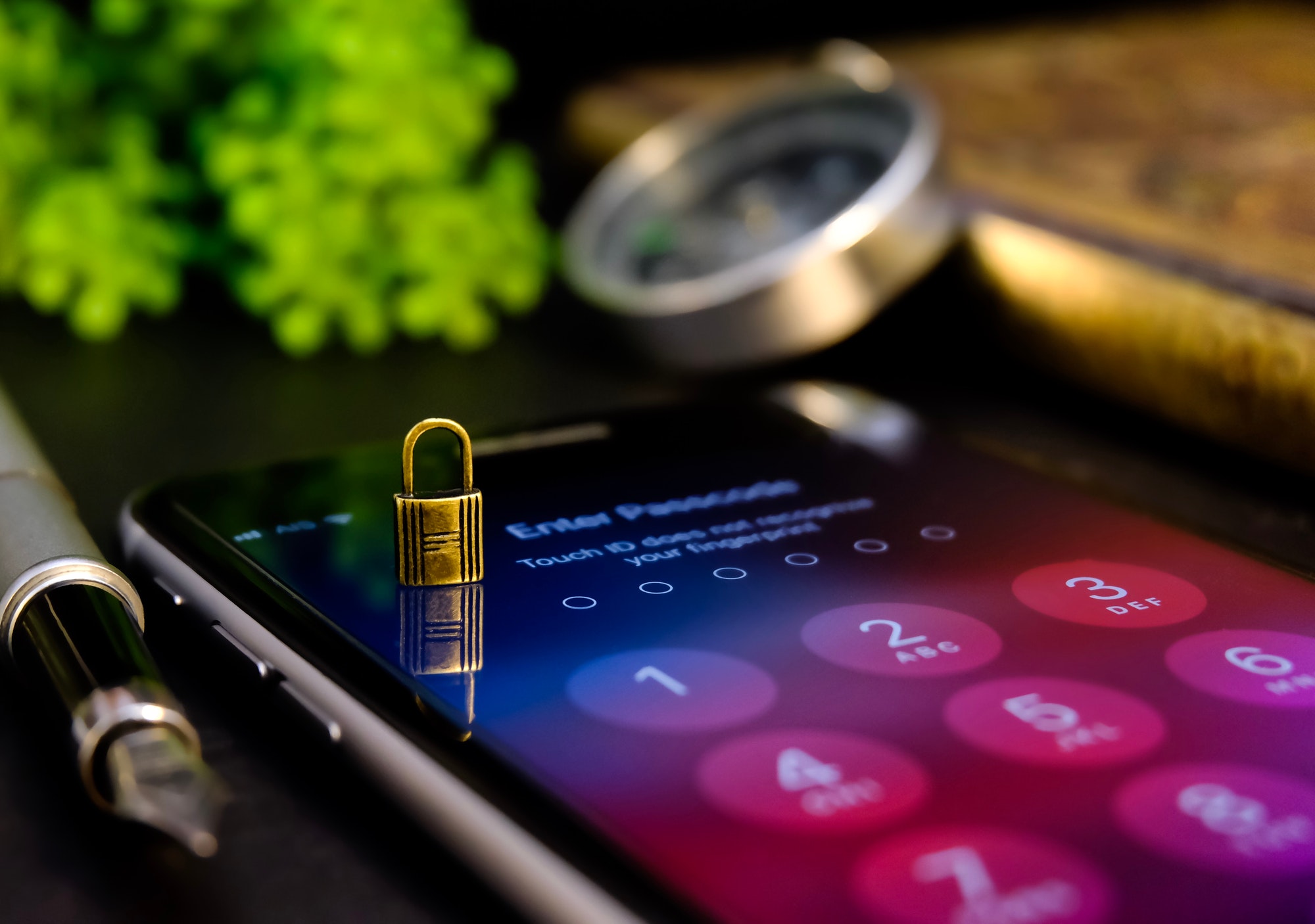
Amazon Alert – Privacy Settings You Should Enable
Because Amazon is so ingrained in our lives, we all have a wealth of information on the firm. Even if you haven’t purchased anything from Amazon, you have most likely used a Kindle, an Echo, or just asked Alexa a question.
Whether you’ve had any dealings with Amazon, you should check your account to see if your privacy settings are in order…and there are a number of choices that you should adjust for greater privacy or a better user experience.
Verification in two steps
You should instantly set up two-step verification on your Amazon account. Anyone’s account may be hacked, but using a strong password and two-step verification makes it more difficult for a hacker to get access by requiring both your password and a six-digit number to log in.
You may use Google Authenticator, Authy, or a password manager with built-in two-step verification, such as 1Password or Apple’s iCloud Keychain, to activate two-step verification.
Go to Amazon’s Two-Step Verification page and select Enable once you’ve set up one of these applications. You can also get the one-time password by using your phone number, but it’s less secure than using an authenticator app, so we recommend using an authenticator app for two-step verification; you can confirm your decision on your Amazon account by selecting Add new app.
You’ll see a QR code on Amazon that you may scan with your authenticator app. You may also choose Can’t scan the barcode? as an alternative. to display the 52-character code to put into the authenticator app.
The authenticator app will display a six-digit code if you accomplish one of these two actions. Copy the code and paste it on the Amazon page, then click Verify.
All Accounts Must Be Signed Out
You may immediately sign out of any applications that you used your Amazon account to sign in to, such as Prime Video, Goodreads, and so on. If you feel your Amazon account has been compromised, or just as a precaution if you’ve checked in on various devices over the years and never bothered to sign out, you should do this.
Simply go to Amazon’s Secure Your Account page and select Sign-out Everything to complete the process.
Browsing History is disabled.
Your purchase and browsing history are used to inform Amazon’s purchase suggestions. If you don’t utilize these suggestions very often, go to Amazon’s Browsing History page and delete everything.
You may remove your Amazon browsing history by clicking Remove all items from view, and you can block future tracking by clicking the option next to Turn Browsing History On/Off.
Note that this is device-specific, so if you use numerous devices to access Amazon, you’ll have to erase browser history on each one separately.
Alexa recordings should be deleted.
Amazon also saves a copy of each of your Alexa voice requests, as well as noises detected by Alexa-enabled smart home devices and your entire smart home device use history. If it sounds like a lot, you may delete everything on Amazon’s Alexa Privacy Settings page.
That link should lead you to a Manage Your Alexa Data page. You may enable Enable deletion by voice on that page, under Voice Recordings.
Using instructions like “Alexa, erase everything I said today,” you may utilize Alexa to wipe your Alexa history. Then, next to Choose how long to save recordings, click the right-arrow, select Don’t save recordings, and click Confirm twice.
Now go to Smart Home Device History and choose the right-arrow next to Choose how long to preserve history by clicking the right-arrow. The shortest period you can choose is three months, and there’s no way to totally disable the saving of smart home device information.
The next best choice is a one-time delete of all history, which is directly below that. Select it and press the red Delete key.
Next, go to Detected Sounds History and choose the right-arrow next to Choose how long to preserve history by clicking the right-arrow. Again, the best you can do is back up your history for three months.
You may then deselect Use of voice recordings under the Help improve Alexa section. This will prevent Amazon from utilizing your recordings to develop features or having them evaluated manually by Amazon staff.
Alexa may be less accurate in detecting your orders as a result of this. Finally, under Use messages to enhance transcriptions, switch off the option by flipping the button next to your name.
Hide your public profile information
By default, the public may see your Amazon profile. This means that everyone can see the reviews you write and the badges you earn. Amazon, on the other hand, allows you to make your Amazon profile more private.
To do so, go to your Amazon profile’s Public Activity Settings and choose Hide all activity on your public profile. You’re done when you hit Save.
Disable 1-Click
You may utilize Amazon’s 1-Click function to purchase items quickly. While this is beneficial in terms of speeding up checkouts, it also encourages impulse purchases.
You may turn off 1-Click everywhere if you don’t want people in your house ordering stuff by accident. This option may be found on Amazon’s 1-Click Settings page. To complete the task, click Disable 1-Click Everywhere.
Delete any addresses that are no longer valid.
If you’re weary of having to alter your mailing address every time you place an order, you should change your Amazon account’s default address right now.
Amazon provides a handy Address Book page where you can set any address as the default for future orders by clicking Set As Default. While you’re at it, delete any old addresses you don’t use anymore to avoid the problem in the first place.
This page also allows you to establish a default payment method for any address stored in your Amazon account. You may specify various cards as defaults for each address by clicking Change next to the Payment Method.
Tracking should be limited.
Your Amazon account also serves as a central location for managing privacy settings for your Kindle, Fire TV, and Echo devices. You may disable items by going to Amazon’s Digital Privacy Centre page and clicking each gadget one by one.
Device usage data monitoring, interest-based advertisements, and app usage data may all be turned off.
Delete Wi-Fi Passwords that Have Been Saved
Your wifi passwords are saved by Amazon so that you can quickly connect to wifi with new devices that use your Amazon account. You can start erasing stored wifi passwords if you don’t want to give this information to Amazon.
Saved Wi-Fi Passwords is a component on Amazon’s Content and Privacy Settings page. To delete these, go there and click Delete.
If you use a Kindle regularly, you should check Amazon’s Content and Privacy Settings page, which contains a variety of options. You can first determine whether you wish to allow or stop Automatic Book Updates.
Most people prefer to obtain the most recent edition of a book since publishers frequently provide updates or adjustments after the book has been published. You can disable this option if you’d prefer to maintain a copy of the book you bought on the first day.
You can also add additional Kindle email addresses by reviewing Personal Document Settings. This enables you to send legally purchased books to your Kindle from other retailers. If you choose, you may change the nation or region of your Kindle on the same settings page.
Examine Your Echo DropIn Options
Drop-In is one of Echo’s greatest features. It instantly connects you to another Echo speaker or display for a chat. “ Drop by the garage Echo Dot, Alexa.” This command may be used to make an announcement if you have numerous Echo devices in your home. “Alexa, drop in on all devices,” says the voice assistant.
But don’t forget that the Echo speaker or display works in both directions. After 10 seconds, it also allows someone to listen in or observe what’s going on in the room. Unless you don’t mind someone hearing or observing what you’re doing, it’s preferable to keep these choices under your control.
Take a look at the Drop In contacts you’ve approved:
On your phone, launch the Alexa app.
Tap Communicate at the bottom of the screen, then tap the contacts symbol in the top right corner of that page.
Allow Drop In is toggled on for just the correct people, so go through your contacts and make sure it’s turned on for them.
Next, activate or disable permissions for a single device.
Select Settings > Device Settings in the Alexa app and choose the device you’d like to switch on or off Drop In.
Select Drop In from the Communications menu. You may choose from three options: On for just approved contacts, My Household for only devices on my account, or Off, which means no one can Drop In.
If you want to completely stop Drop In, launch the Alexa app on your phone and repeat the instructions above for each of your Echo devices. Select Off when you come to the Drop In screen for each Echo device. That’s all; Drop In is now turned off on all of your devices.
Sidewalk Features Should Be Avoided
Sidewalk is a mesh network that can expand the range of your Wi-Fi and Bluetooth connections by up to a mile. It transforms your Echo speakers and select Ring products into internet-connected bridge devices.
According to Amazon, each account’s total monthly usage is limited to 500MB, which is comparable to streaming 10 minutes of HD video. That’s not a lot of money.
But not so quickly. What about your own space? The Sidewalk network, according to Amazon, has three levels of encryption, and your neighbors won’t be able to view your data.
They may claim so, but the Internet of Things is known for having unsafe gadgets and no way to upgrade them. There is no set of rules. I turned it off.
Open the Alexa app to turn off the feature.
Then tap More, then Settings.
Tap Amazon Sidewalk, then Account Settings.
If you don’t want to participate, turn off Amazon Sidewalk.
Examine Your Amazon Wish Lists
The Shopping List and the Wish List are the two primary “lists” on Amazon. You may use your Wish List to keep track of products you wish to buy later or to come up with present ideas.
The problem is that by searching your name, anyone in the world may see your Wish List. If you have an extremely common name, it may be difficult to locate you. Strangers, on the other hand, may be able to determine and identify your profile if they learn where you reside.
To verify your Amazon Lists’ privacy settings, go to:
Select Wish List from the Accounts & Lists drop-down menu.
On the top right, click the three dots next to “Send list to others,” then select Manage List.
You may edit your list’s data here, including the name of the list, the recipient’s name, email, birthdate, and privacy.
Click on and pick Private from the drop-down box to alter the list’s privacy settings from Public. You may also choose whether or not Alexa can add things to your list.
Final Thoughts
Many consumers are not aware of their Amazon privacy settings, and they may be sharing too much information with Amazon. When setting up your account, you should have a plan in place for who will have access to your activity. You can also change your settings at any time.
Amazon is a company that has been targeted by hackers in the past. With this in mind, they have decided to put a lot of effort into making their website more secure. Amazon has made it very easy for its users to view and change all of their privacy settings.
The setting you are most likely to use is the clear browsing history. This setting will allow you to clear your browsing history whenever you need to, but won’t delete it off of Amazon’s servers.
The privacy settings for Amazon are a little complicated for beginners, but once you get all the pieces in place you’ll have a strong defense against any unwanted activity from your customers.





